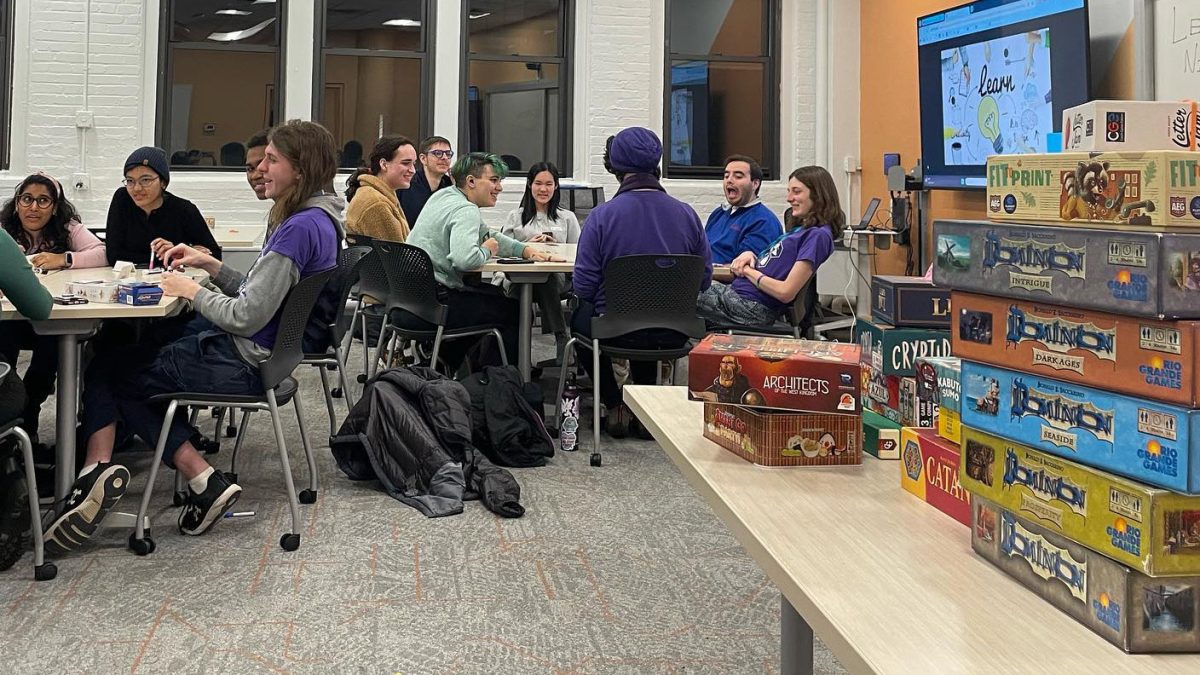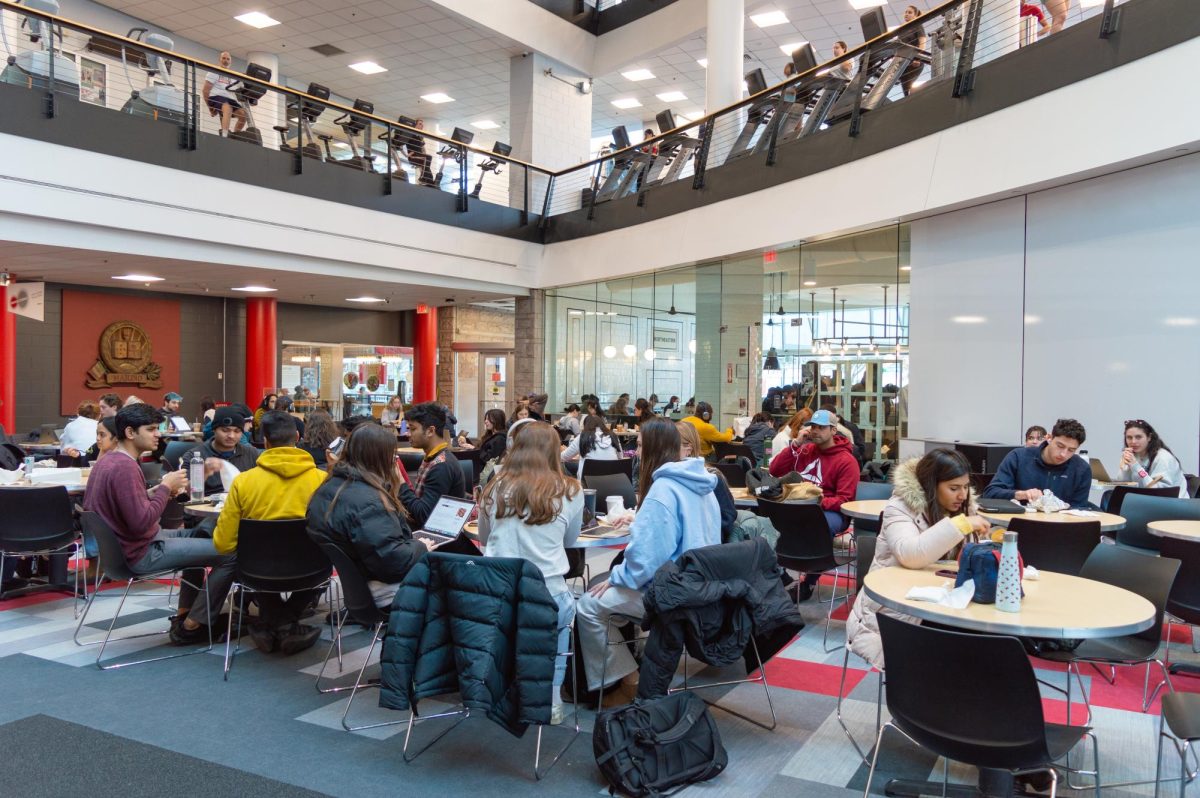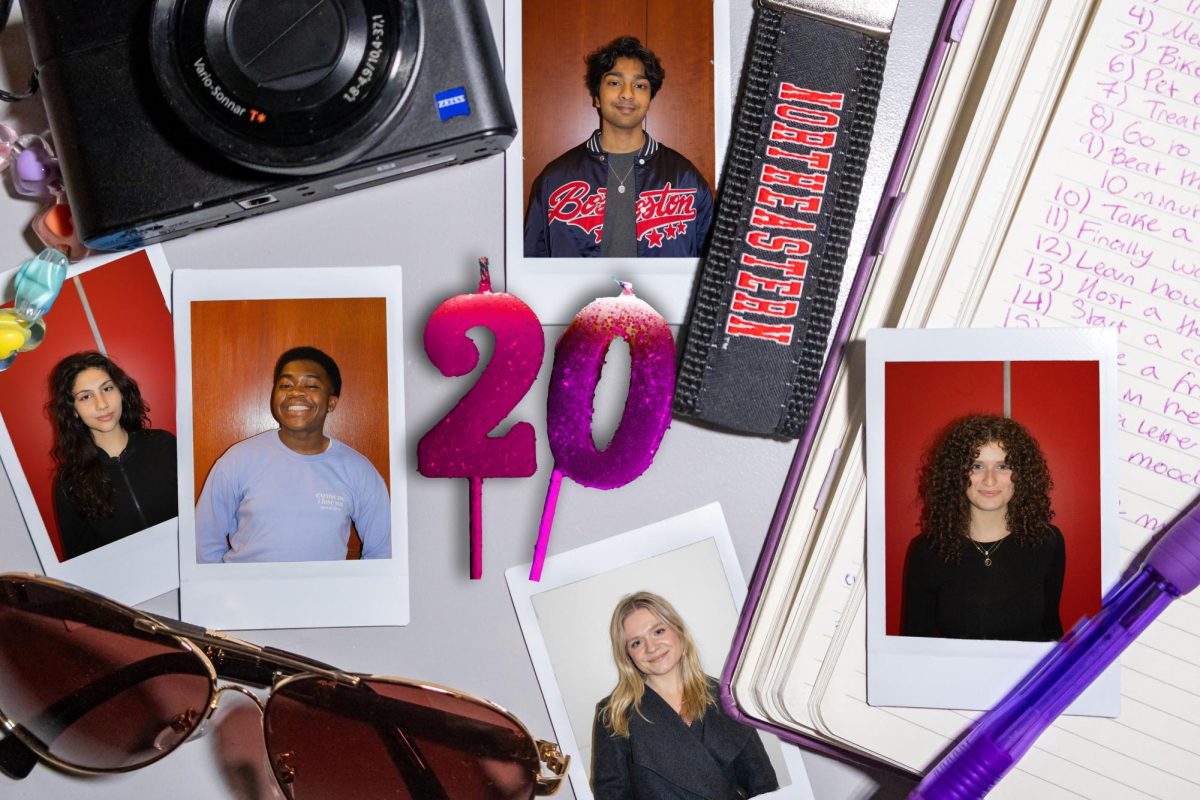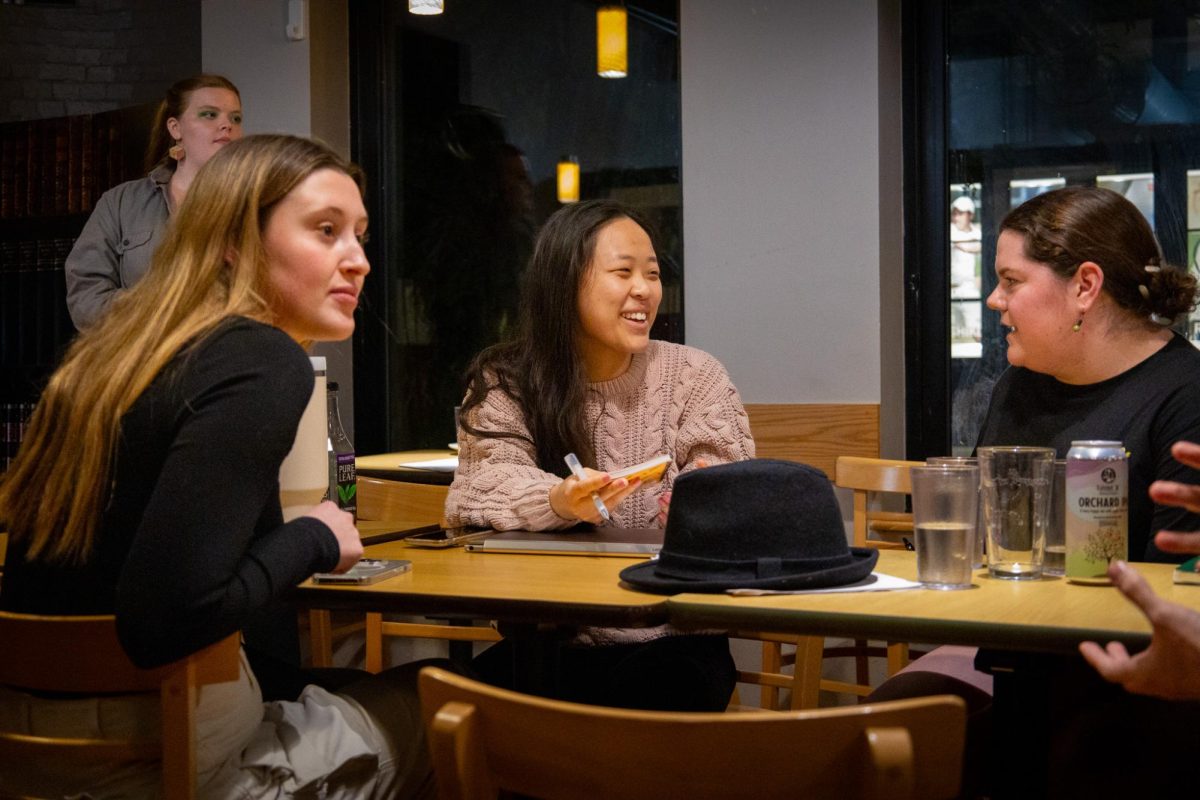After cutting corners, the Budget Review Committee and the Council for University Programs agreed on a number – $205,000. Though less than the $228,000 CUP had originally asked for in its budget proposal, former President Tom Kneafsey said the group was satisfied.
“We really saw that as a good compromise,” Kneafsey said. “We recognized the position they were in and we realized that was a number that fit both boards’ concept of where they wanted to see progress made.”
But that was the first round.
In a second round of discussion among the Budget Review Committee members after the CUP members left the room, it was decided there should be a 10 percent cap on the increases of the university’s four largest programming groups. The Student Activities Board (SAB), in a six-hour meeting June 22, approved this proposal. With this decision, CUP was instead allotted $170,000, an increase from its $155,000 2003-04 budget.
Former SAB co-Chair Allyson Savin, who took office as the president of CUP last week, said the cap on the increase was meant to prevent groups in future years from asking for more money. She said this year’s pot was larger than usual in contingence with the money meant for April’s Springfest concert that was postponed. The unused funds rolled over into the Program Request Fund, Savin said.
“The rationale behind it was that if we were to allow for more than a 10 percent increase, think five, 10 years down the line,” Savin said. “You would soon have the four boxed groups with budgets controlling the majority of the Student Activities Fee.”
The four boxed groups include CUP, the Student Government Association (SGA), afterHOURS and the Student Activities Office. These groups receive yearly budgets from the BRC instead of asking for funding for individual events.
However, Kneafsey said it wasn’t the new cap on budget increases that bothered him – it was the fact that the increase cap was agreed upon after the budgets were presented.
Outgoing BRC Chair Michael Benson said while he was at fault for not reviewing the process with the Student Activities Board before budgets were presented, the groups were made aware their final budgets would come from the SAB.
“We looked at it and saw what we were allocating with a 30 percent increase would not be reasonable,” Benson said.
When afterHOURs manager Jacqueline Indrisano presented her budget proposal of $150,000 to the BRC, the group agreed she should be allotted $110,500. But after the SAB decided to implement the 10 percent cap, her 2004-05 budget became $93,500, up from $85,000 this year.
Indrisano said while she was disappointed at first and confused by the change in the process, she understands why the SAB made its decision.
“If the goal is to have more money available for the greater good, then I want to be part of that,” Indrisano said. “I wouldn’t want to monopolize the budget whereby other groups couldn’t get what they wanted.”
SGA received a $35,000 budget and the Student Activities Office a $75,000 budget, both equal to last year’s budgets.
The money that funds the budgets of the four boxed groups comes out of the Program Request Fund. When other student groups petition for funding for events, the money comes out of the same pot.
Benson said though approximately $500,000 was left over from last year’s Program Request Fund, he expects the number of student group events funded by the BRC to double next year.
“This was an adjusting year,” Benson said. “We knew at the beginning of the year that we weren’t going to spend all the money. We never spend all the money.”
But he said that the approximate $400,000 spent last year was more than the group has ever allocated in the past.
Benson said the Program Request Fund started out at approximately $890,000 last year. The money for the fund comes directly from the Student Activities Fee, raised to $100 a year from $17 a quarter through a student referendum in 2003.
“We are trying to look out for this year, next year, and, as much as possible, a few years down the road,” Benson said. “We don’t want to create a system that will end up self-destructing.”








